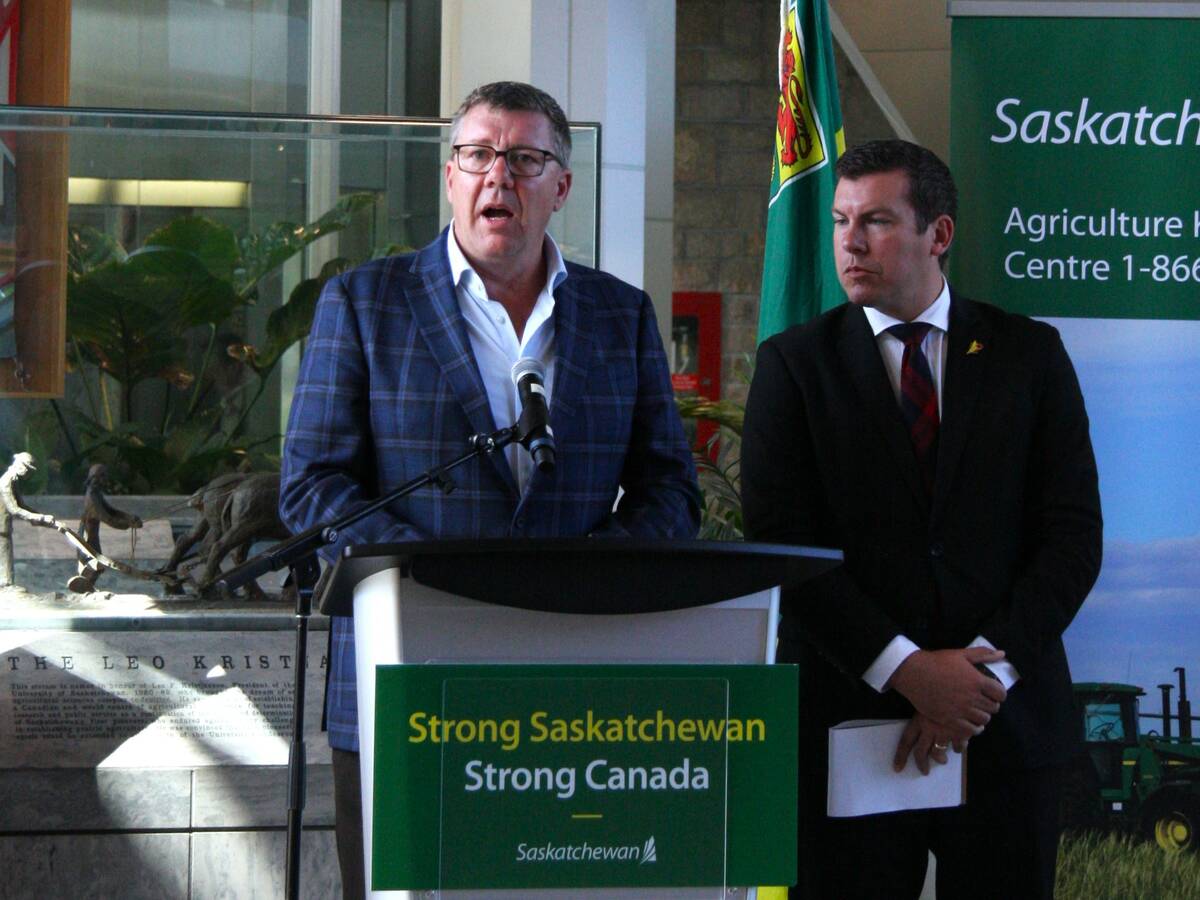Canada officially bans bulk water exports, but more than 95 billion cubic metres of water are exported each year through water-consuming products, said the Council of Canadians.
Livestock and crop production are the main source of “virtual water trade,” said the lobby group that has campaigned for years against bulk water exports and free trade deals.
“Agriculture consumes 70 percent of Canada’s fresh water,” council president Maude Barlow wrote in a recent report.
“Due to its high volume of agricultural exports, Canada is a major virtual water exporter, second in the world only to the United States. Every year, Canada exports an amount of virtual water in wheat, barley, rye and oats equivalent to twice the annual discharge of the Athabasca River.”
Read Also

Key actions identified to address canola tariffs
Federal and Saskatchewan governments discuss next steps with industry on Chinese tariffs
Virtual water, which is the amount of water taken from ground water supplies to produce goods, has been debated for nearly two decades and has been recognized in federal government reports about declining water resources.
“To produce one kilogram of wheat, we need about 1,000 litres of water,” said the report.
“For livestock products, we need about five to 10 times as much.”
The council argues that water used to create products is exported with them.
Canada also imports virtual water, prompting the report’s authors to calculate that Canada’s net virtual water exports are close to 60 billion cubic metres annually, second only to Australia. And it is mainly because of the grain industry.
“Wheat is Canada’s largest crop in terms of both area seeded and production and is the single biggest export earner of all Canadian agricultural products,” said the report.
The council argues that irrigation agriculture in Alberta is a problem.
“The province, with just two percent of the country’s water supply, accounts for two-thirds of the country’s water used for irrigation, much of it for export.”
















